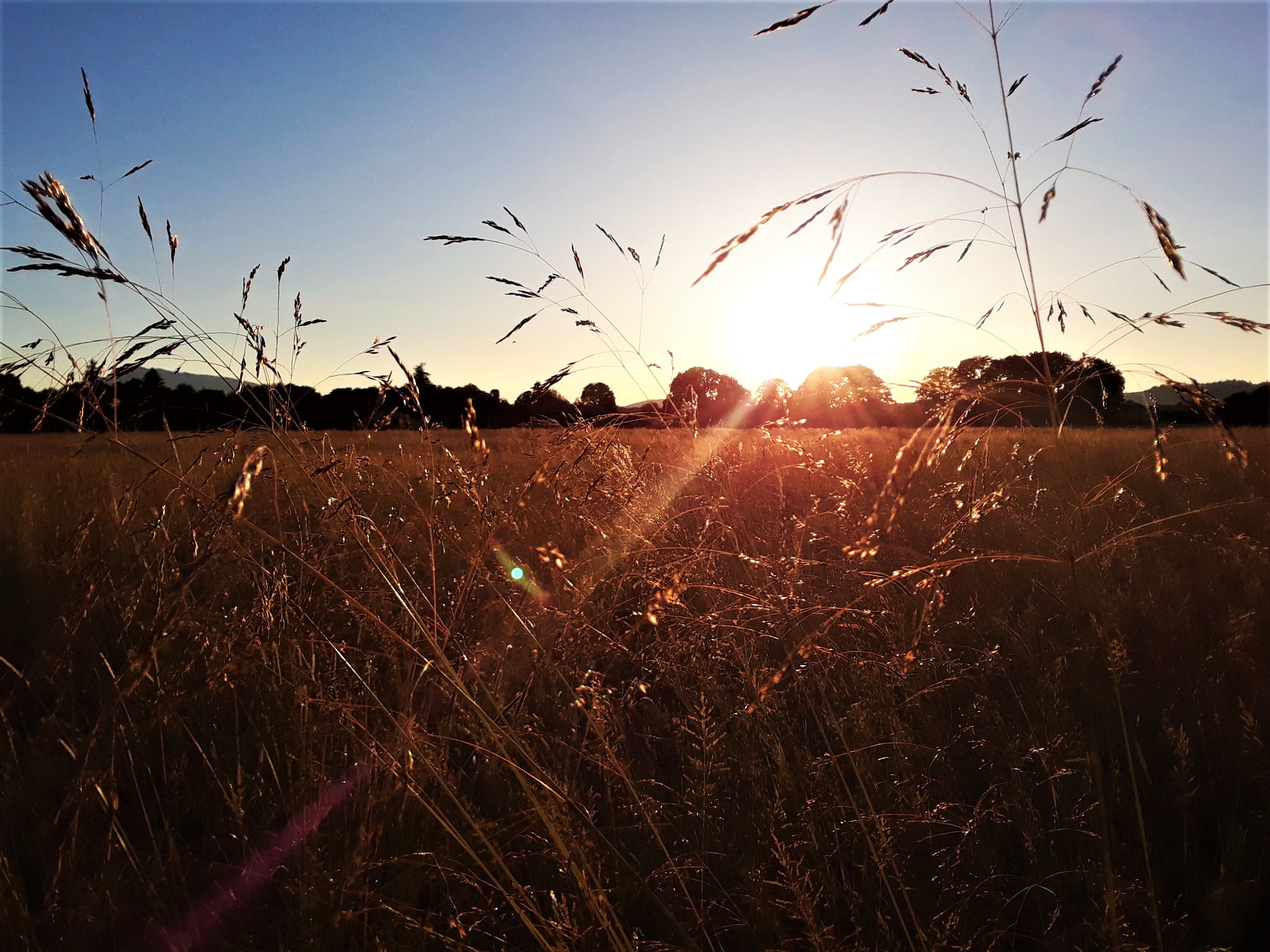
Seasons of Herbert Farm Natural Area
By Anna Ramthun
September 2018
The Herbert Farm Natural Area is undeniably special. Located just south of Corvallis, the area was an important gathering and foraging spot for local Native American tribes, and is still regarded as an important cultural area by the modern Confederated Tribes of the Grande Ronde. The Institute for Applied Ecology (IAE) is currently working with these tribes to increase the production of culturally significant food species, such as camas and yampa, on the site.
The site is also important ecologically, providing habitat for multiple rare, threatened, and endangered species, including Kincaid's lupine, Nelson's checkermallow, peacock larkspur, and thin-leaved peavine. The threatened streaked horned lark has also been spotted on site, and efforts are underway to create nesting habitat for this species.
Herbert Farm is also a lesser known public park for the City of Corvallis. Since 2011, IAE has been working with the City of Corvallis and Trout Mountain Forestry to restore Herbert Farm to its original prairie and riparian ecosystems. It is also a great place to walk a dog (on leash and using bags to remove waste). Weekly dog walks on site have given me a unique opportunity to observe the progression of the plant community throughout the season.
April
During rainy times of year, the older, and more established areas of the prairie are cut off by flooding of Muddy Creek and Marys River on two sides and Matt Creek across the access road. The swales near the parking lot swell with water, and vernal pools fill in site's riparian boundaries. This year, Matt Creek was flooded until the end of April. Luckily, it drained early enough that I still got a view of the camas in bloom.



May
As the fields begin to dry, checkermallow emerges.
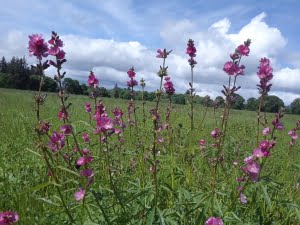


June
As May turns into June, peak bloom begins.
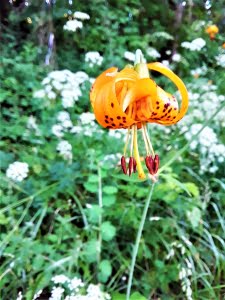


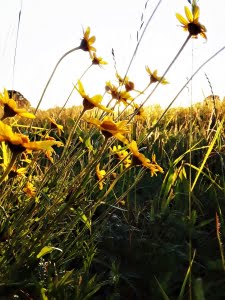

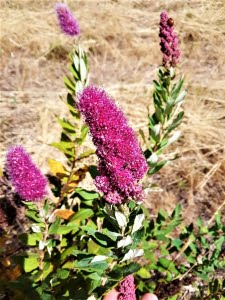
July

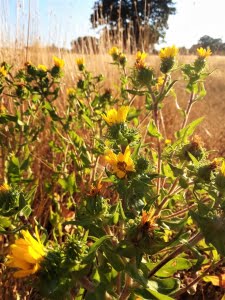

August
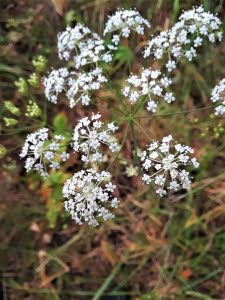

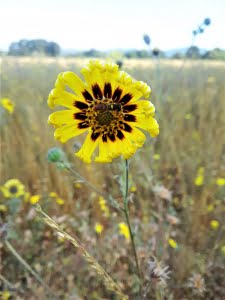
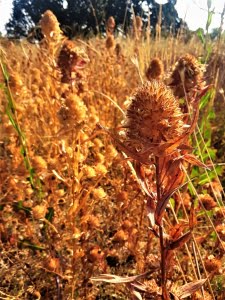

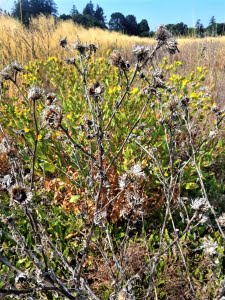
Restoration
Research
Education
Contact
Main Office:
4950 SW Hout Street
Corvallis, OR 97333-9598
541-753-3099
info@appliedeco.org
Southwest Office:
1202 Parkway Dr. Suite B
Santa Fe, NM 87507
(505) 490-4910
swprogram@appliedeco.org
© 2025 Institute for Applied Ecology | Privacy Policy
